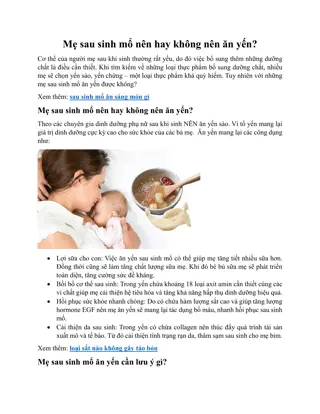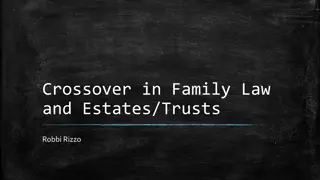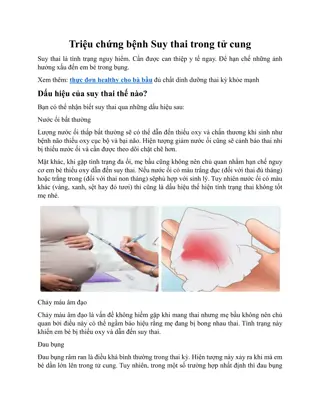
Understanding Dynamical Systems in Mathematical Modeling
Explore the concept of dynamical systems, which are characterized by rules determining how points in the system evolve over time. Discover two geometrical cases - discrete and continuous systems, sequences, bifurcations, period doubling, and chaos, illustrated with examples such as the Logistic Family and bifurcation diagrams.
Download Presentation

Please find below an Image/Link to download the presentation.
The content on the website is provided AS IS for your information and personal use only. It may not be sold, licensed, or shared on other websites without obtaining consent from the author. If you encounter any issues during the download, it is possible that the publisher has removed the file from their server.
You are allowed to download the files provided on this website for personal or commercial use, subject to the condition that they are used lawfully. All files are the property of their respective owners.
The content on the website is provided AS IS for your information and personal use only. It may not be sold, licensed, or shared on other websites without obtaining consent from the author.
E N D
Presentation Transcript
Definition of Dynamical System A dynamical system is characterized by a rule (or rules ) that determines how points in the state space of the system change over time The particular form of a rule depends on the type of dynamical system being studied, and the type of dynamical system depends on the space time structure of the system.
Two Geometrical Cases of Dynamical Systems Discrete Continuous ??+1= ???1 ?? n is independent variable ? ??? ? = ?? ? 1 ? ? t is independent variable Uses a numerical method Does not always have analytical solutions Discretizes the system Creates sequences through iterations Maps R R Maps R N
Sequences, Bifurcations, and Period Doubling
Sequences in the Logistic Family R n x R n x R n x 0.4 1 2 3 4 0.376369 5 0.375545 6 0.375217 7 0.375087 8 0.375035 9 0.375014 10 0.375006 11 0.375002 12 0.375001 13 14 15 16 17 18 19 20 0.6 0.6 1 2 3 0.586138 4 0.582193 5 0.583786 6 0.583152 7 0.583406 8 0.583304 9 0.583345 10 0.583329 11 0.583335 12 0.583333 13 0.583334 14 0.583333 15 0.583333 16 0.583333 17 0.583333 18 0.583333 19 0.583333 20 0.583333 0.6 0.8 1 2 3 0.570163 4 0.784247 5 0.541452 6 0.794502 7 0.52246 8 0.798386 9 0.515091 10 0.799271 11 0.513398 12 0.799426 13 0.513102 14 0.799451 15 0.513054 16 0.799455 17 0.513046 18 0.799455 19 0.513045 20 0.799455 0.6 0.384 0.37847 0.576 0.768 Example of Period Doubling with Logistic Equation ??+1= 4???(1 ??) 0.375 0.375 0.375 0.375 0.375 0.375 0.375 0.375 First two samples act normally , while the third oscillates between two values
Period Doubling in the Logistic Family Plots from IterateMapApp.java Red R = 0.4 Green R = 0.6 Blue R = 0.8 Note how blue seems to oscillate between two equilibria Figure 1: IterateMapApp.java
Bifurcations in the Logistic Family Bifurcation Diagram of ??+1= 4???(1 ??) Figure 2: BifurcateApp.java
What is Chaos? Chaos: When the present determines the future, but the approximate present does not approximately determine the future, Edward Lorentz Chaos occurs when there is no repeating sequence in later time
How Do We Quantify Chaos? Lyapunov Exponents Figure 3: BifurcateAppDDP3.java
Weakly, Strongly, and Non Chaotic The continuous and discrete equations describe the same system. However 1) In continuous we only need to worry about the roughness in the inputs/ initial conditions. But in discrete we also have to worry about the roughness in our time step.






















